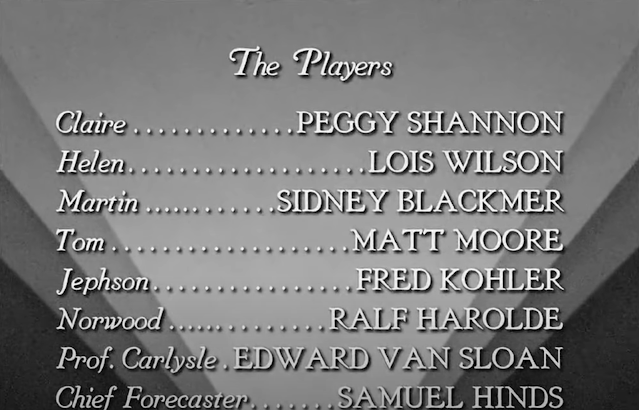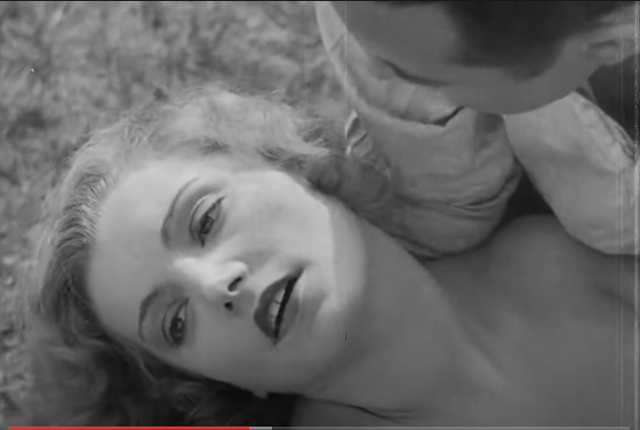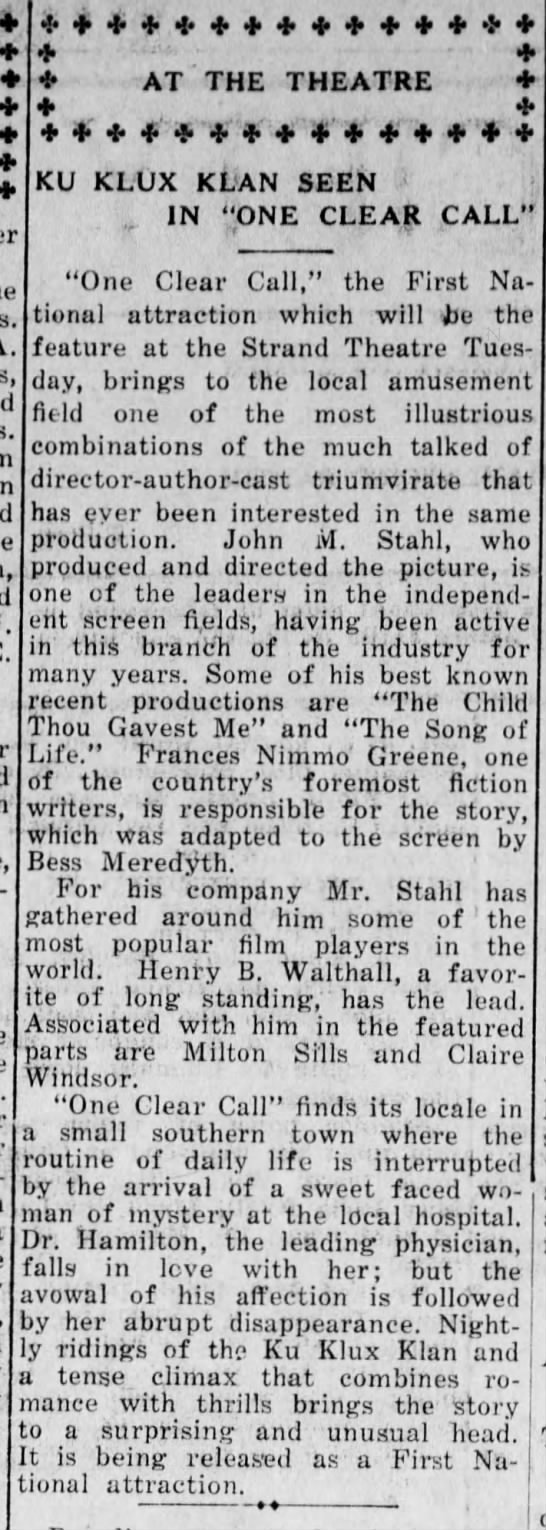Here's the latest batch of links to just-published Alabama history and culture articles. Most of these items are from newspapers, with others from magazines and TV and radio station websites. Enjoy!
| Books-A-Million's Virtual Event with Author John Archibald Invites a Deep Dive into “Shaking the ... Moderated by Alabama icon Wayne Flynt and Reckon Interview team members John Hammontree and Ryan Nave and hosted by Books-A-Million and ... |
| Book Review: 'The Wife Upstairs' sets 'Jane Eyre' in modern-day Alabama Taking plot and character inspiration from Charlotte Bronte's “Jane Eyre,” author Alabama author Rachel Hawkins cleverly reimagines the gothic ... |
| The Burleson Family: A history older than the state ... Heaven," a historical book written by David Burleson, Morgan County archivist John Allison spoke to the importance of the family to north Alabama. |
| Former UA professor Allen Wier to receive Truman Capote Prize at virtual Monroeville Literary ... ... of Alabama from 1980 to 1994, was recently announced as sixth recipient of the Truman Capote Prize for Distinguished Work in Literary Non-Fiction ... |
| Alabama man recalls his march on Bloody Sunday It's a day students in America learn about in their history class. It happened back in 1965. It's also a day Reverend Charles A. Dale will never forget ... |
| Montgomery museum documents history of racial injustice in America Montgomery, Alabama, is a beautiful city. Behind the elegant buildings, flowering trees and wide avenues, however, lies a history not so beautiful: The ... |
| Elba Masonic Lodge gifts historical marker to City of Elba The Elba Masonic Lodge #170 gifted an Alabama Historical Marker to the City of Elba during a ceremony held Saturday, Feb. 13, in Elba. |
| Construction of Alabama's new Africatown museum begins Second, we are committed to an exhibition that is not only historically accurate but also is executed to the highest standards of public history and ... |
| Black Heritage Council helps Alabama's African Americans discover their past The BHC is an arm of the Alabama Historical Commission and serves as an advocate for the preservation and restoration of African American historic ... |
| Tour highlights University of Alabama's history with slavery Tour highlights University of Alabama's history with slavery. UA associate professor Hilary Green's tours shed light on the university's slave history and ... |
| Africatown museum construction begins. Will tell story of Clotilda slave ship and community Researchers with the University of South Alabama are currently examining land across from the Old Plateau Cemetery to assess whether any graves ... |
| Historical Museum seeks funds to restore its home We have secured a $15,000 grant from the Alabama Historical Commission to allow us to begin the studies on what it will take to restore the building. |
| The historical Latham Post Office will get a new home in Stockton STOCKTON, Ala. --According to the Baldwin County Commission, for 82 years, the Latham Post Office has played an important part in Baldwin ... |
| 'Three Days at Foster' director, sports author Keith Dunnavant discusses Alabama's forgotten civil ... 'Three Days at Foster' director, sports author Keith Dunnavant discusses Alabama's forgotten civil rights pioneers. Black History Month. by: CBS 42 ... |
| DON NOBLE: Biography shows how John Lewis embodied the social gospel Meacham's first book was about the civil rights movement. ... Reading what life was like for black families in Troy, Alabama in the 1940s, you can see ... |
| 2021 Harper Lee Award winner Angela Johnson writes about the African-American family experience Alabama roots wend throughout her novels, poetry and short stories, but Johnson has also written a connected series of novels about growing up in ... |
| 'It's a sad, sad day': Joe Cain Day traditions continue in Mobile during pandemic But some normalcy was kept alive inside the historic cemetery. Visitors milled around the Graveyard to pay respects to Cain and Julian “Judy” Rayford, ... |















































